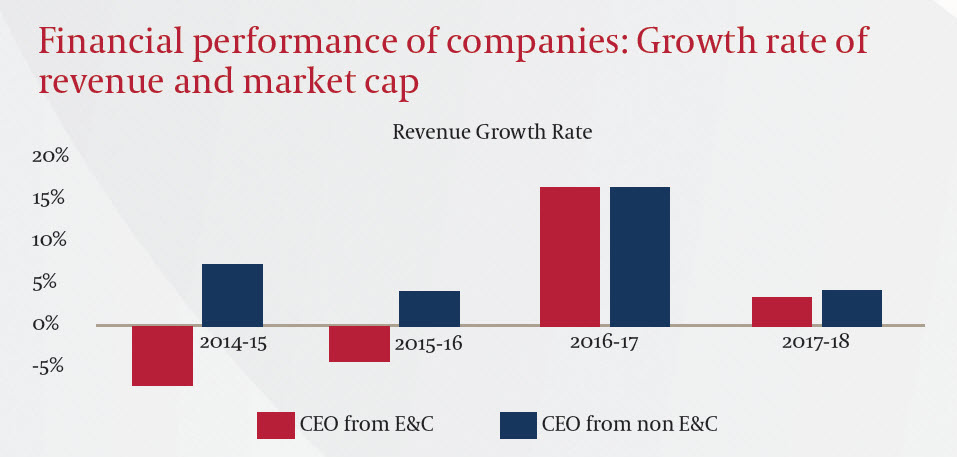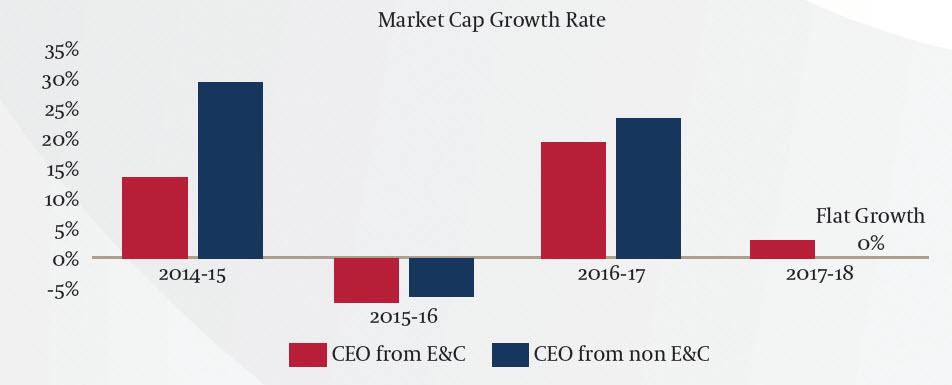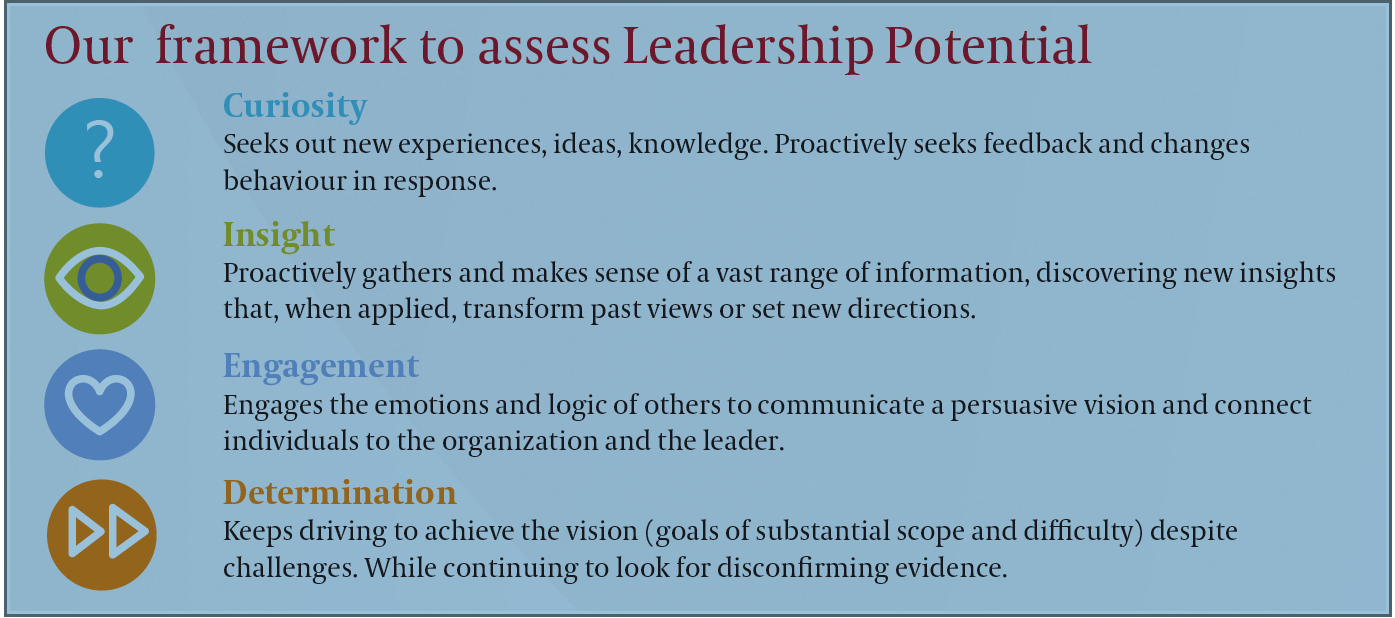Engineering and construction (E&C) companies have faced challenging times over the past several years. Companies dependent on the oil and gas industry have particularly struggled, as a protracted oil and gas downturn curtailed the number of large capital projects these firms rely on for the bulk of their profits. This has led many E&C companies to diversify their businesses by venturing into new industrial sectors altogether, or reducing their exposure to hydrocarbons in favor of other industries. Government services, with more predictable project streams, have become an important hedge for many companies, allowing them to weather industry downturns in a more favorable manner.
An unintended consequence of the severe financial tribulations E&C companies have gone through, has been a wave of M&A activity, including some high-profile mergers. While the obvious benefit of these transactions is the identification of synergies and opportunities for cost reduction, in many cases, there is a greater strategic advantage in complementing the capabilities of the company.
Given these significant changes in the marketplace, companies need a strong CEO guiding the company through turbulent times. How are E&C companies finding CEO talent, and what type of background should the CEO have?
In search of the strategic CEO
In an industry that is constantly reinventing itself and navigating increasing volatility, finding a strategic leader who is able to work effectively with the board to drive positive change and leverage growth opportunities is difficult. Part of the issue may stem from the way executives are developed in E&C companies.
Most are engineers who started their careers as project managers, moving up the ranks as they were given responsibility over larger and more complex projects, eventually becoming program managers at the regional and global levels. The best employees typically move into a chief operating officer position that in many cases is still tactical in nature. Not many are given the opportunity to take over roles in strategic planning or corporate development, where they need to look beyond the next few years and help shape the company’s future. By the time high potential executives are identified, companies may not have enough time to put them through a holistic development plan, as it would potentially delay their succession plan by a number of years. The end result may be the appointment of a CEO with a solid operational background, yet light strategic acumen.
Successfully integrating acquired organizations, retaining top talent, and leveraging new found synergies is another pain point for many E&C companies. The value of a high-profile acquisition can be lost entirely if its professionals become disenchanted with the combined organization and leave. Ensuring that up-and-coming executives have been exposed to best practices in M&A activities, ideally having led a full integration exercise themselves would better prepare them for an eventual CEO position.
Successful succession planning: Looking outside the E&C sector
CEO succession planning and selection are two of the most important responsibilities boards have. Choosing the next leader from the ranks of the organization may not always provide the company with the leader it needs to grow. To truly find the right person for the job, boards need to take a holistic view of where the company is headed and what competencies the new CEO should bring. An openness to talent from outside the E&C sector could benefit companies tremendously, allowing new perspectives into the organization. While industry knowledge is certainly a plus for any CEO, it should not be the only factor in the selection process. Furthermore, we often see that E&C companies tend to look from within their own sector for CEO hiring.Egon Zehnder analyzed more than 100 global E&C companies and the career backgrounds of their CEOs. We found that only 25 percent of the companies studied had CEOs from outside the E&C industry.

Should E&C companies expand the talent pool and explore new sectors? Will this unlock additional avenues for strategic CEOs? To test this hypothesis, we took a sample of global E&C companies, analysing the performance of the top 15 firms in each region (Americas, Europe and RoW). We assessed their financial performance and the industry background of their CEOs. As the following chart shows, companies with non-E&C leaders have achieved higher growth rates in both revenue and market capitalization.
The data suggest that there are other important competencies non-E&C CEOs bring and that may help them to be more successful. Only having deep knowledge of the market and operational experience may not be enough to grow the business.

As a case in point, Jacobs hired their new CEO in 2015 from outside of E&C industry and the company launched a new transformational strategy in 2016. As part of the new strategy, Jacobs acquired CH2M in 2017 which helped them gain capabilities in government services, infrastructure and other industrial professional services. It has also divested Energy, Chemicals & Resources Energy division as part of its strategy to transform its portfolio. The company revenues grew from $12.7bn in 2014 to $14.9bn in 2018 and has also outperformed the S&P 500 and the peer group in market returns.
Look for potential when hiring a CEO
Claudio Fernández-Aráoz, former Partner at Egon Zehnder and author of the book “Great People Decisions” offers one explanation on how subconscious tendencies can derail in the most dutiful and well-intentioned efforts:
“As a rule, we humans like to stick with the familiar. We talk about finding a ‘good fit’ between the organization and the individual. In many cases, that is code for hiring a person who represents the comfortable and the familiar. Certainly, familiarity can bring stability to any community. But it can also lead to myopia.”
This does not mean that E&C companies should only look outside of their own industry for their next CEO. Organizations should take an honest look at their own executives and determine how they measure up with the talent available in
the market. By assessing their own bench strength, CEO succession planning becomes an ongoing and systematic process. Taking a candid view of the strengths and shortcomings of their own executive development programs would allow them to implement measures to develop future leaders. The end goal should be a healthy pipeline of well-rounded executives, rather than specialists in a narrow field. Identifying high potential executives to put through these tailored development plans is equally important. At Egon Zehnder, we use a framework to assess leadership potential. The framework focuses on four traits that help to predict an executive’s ability to successfully take on larger leadership roles in both scale and scope (complexity) and the speed at which s/he can do so.

Topics Related to this Article
This article was originally published in Construction Executive. Read the original article here.





